FORT BENNING, GA - Forget roping a steer, when the students of Fort Benning's Pathfinder course head out for a rodeo, they aren't referring to a sport but rather the safest, fastest method of resupply currently available.
"We call it the sling load rodeo," said Derick Herd, the course's NCOIC. "The students practice hooking up a cargo load to a UH-60 Black Hawk."
Delivering supplies via aircraft is faster and safer than convoy operations because convoy's may be slowed down by road conditions or encounter improvised explosive devices," said SFC Richard Wentz, a Pathfinder instructor supervising teams of Soldiers at one of four landing zones selected for Monday's sling load exercise at Lawson Army Airfield. "With sling load operations, you can sling fuel, water trailers, humvees, just about any piece of equipment the Army's got so long as the aircraft can pick it up."
The students began the three-week course Aug.31.
In the first week, students learned air traffic control fundamentals, medical evacuation procedures, close air support operations, the basics of sling load operations and became certified to rig and inspect sling loads. Students also learned to plan and establish helicopter landing zones for day and night operations. In the second week, students were taught how to establish different types of drop zones, pickup zone operations and conducted an Airborne jump from a UH-60 Black Hawk. The students also took the sling load hands-on exam, a 25-question test that is often the most difficult part of the course, Herd said.
In the third week, the students practice hook-up procedures in preparation for their field training exercise and final exam.
Sling-loading doesn't sound hard, Herd said, until students learn they must factor in a lot of circumstances: a helicopter hovering feet above their heads, built-up static electricity in the hook-up cables and a half-ton of cargo, just to name a few.
"A lot of these guys have never been underneath an aircraft before so they are nervous," Wentz said.
Most of the 45 students were Soldiers with 3rd Battalion, 75th Ranger Regiment, who bought out the course, Herd said.
The students worked in three-man hook-up teams, which consisted of a signalman, static electricity probe man and hook-up man.
With their cargo packed and cables attached, SGT Nathan Rodeheaven, with the static probe, and PV2 Danny Browning, the hook-up man, hunkered down next to a load as their signalman, SSG Bryan Valentine, guided the helicopter in.
Once it was in position, Rodeheaven and Browning reached up and hooked the load to the helicopter, ensuring they'd discharged any accumulated static electricity using a rod with a hook at the end of it. The team then hustled away from the helicopter before it lifted off.
Rodeheaven, an Infantryman with B Company, 3rd Bn., 75th Ranger Regt., said the sling load went smooth on his first try.
"It wasn't difficult," he said. "But it could've been, depending on how the helicopter came in."
Browning, a cavalry scout with the 3rd Heavy Brigade Combat Team, 3rd Infantry Division, was a walk-on student.
"The hardest part is retaining the knowledge," he said. "You don't have much time to learn these skills and you have to get it absolutely perfect or else you don't make it."
For Valentine, a fire support specialist with the 3rd Bn., 75th Ranger Regt., and the third member of the team, the benefits of the course are clear.
"Knowledge and ability," said Valentine, who has 11 deployments under his belt. "With sling loads you can get (supplies) into harder-to-reach places accessible only by foot. If I have to do it, I'll feel somewhat prepared."
The students graduate today.

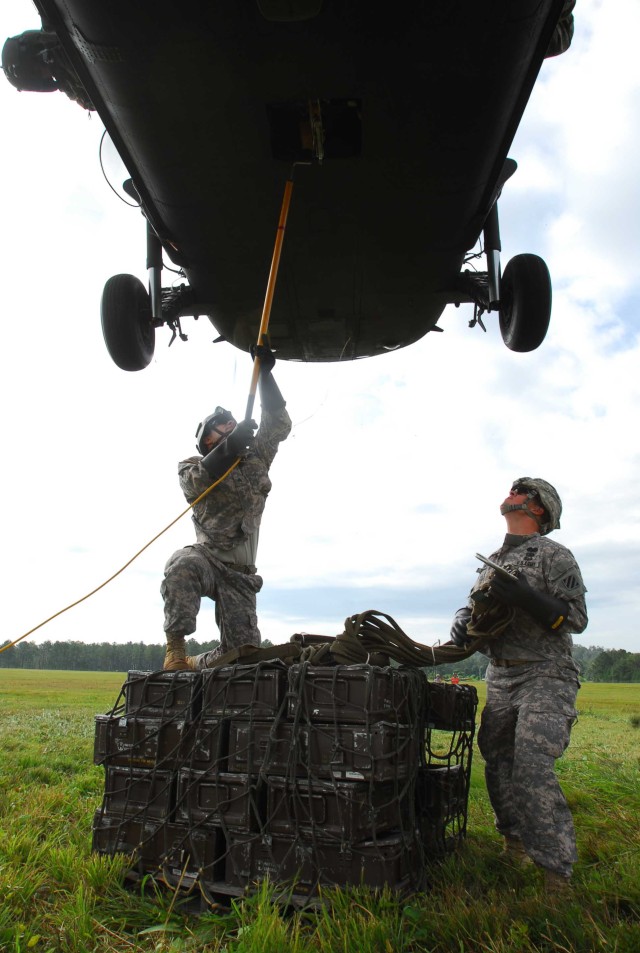
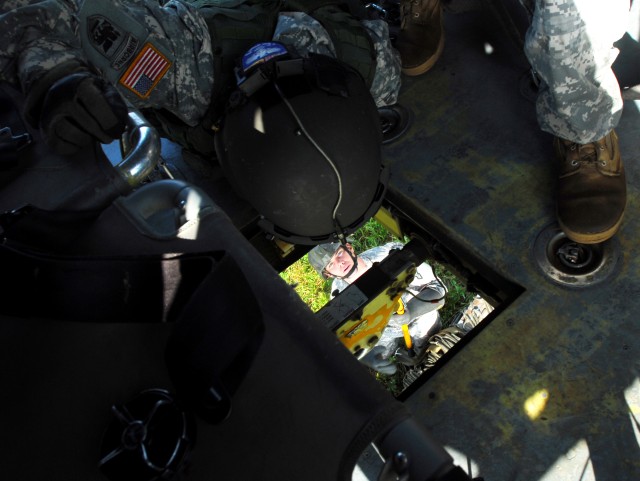
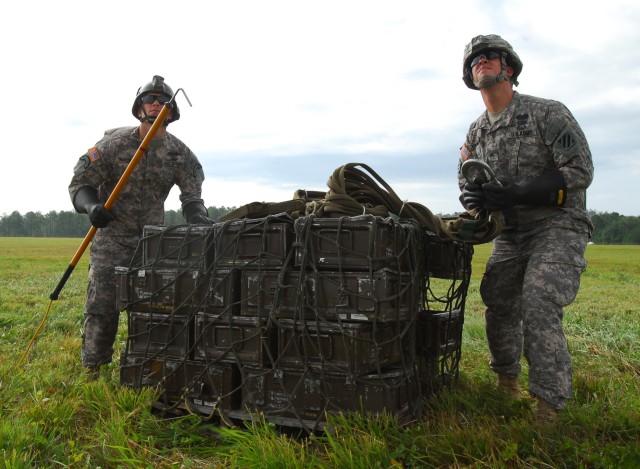
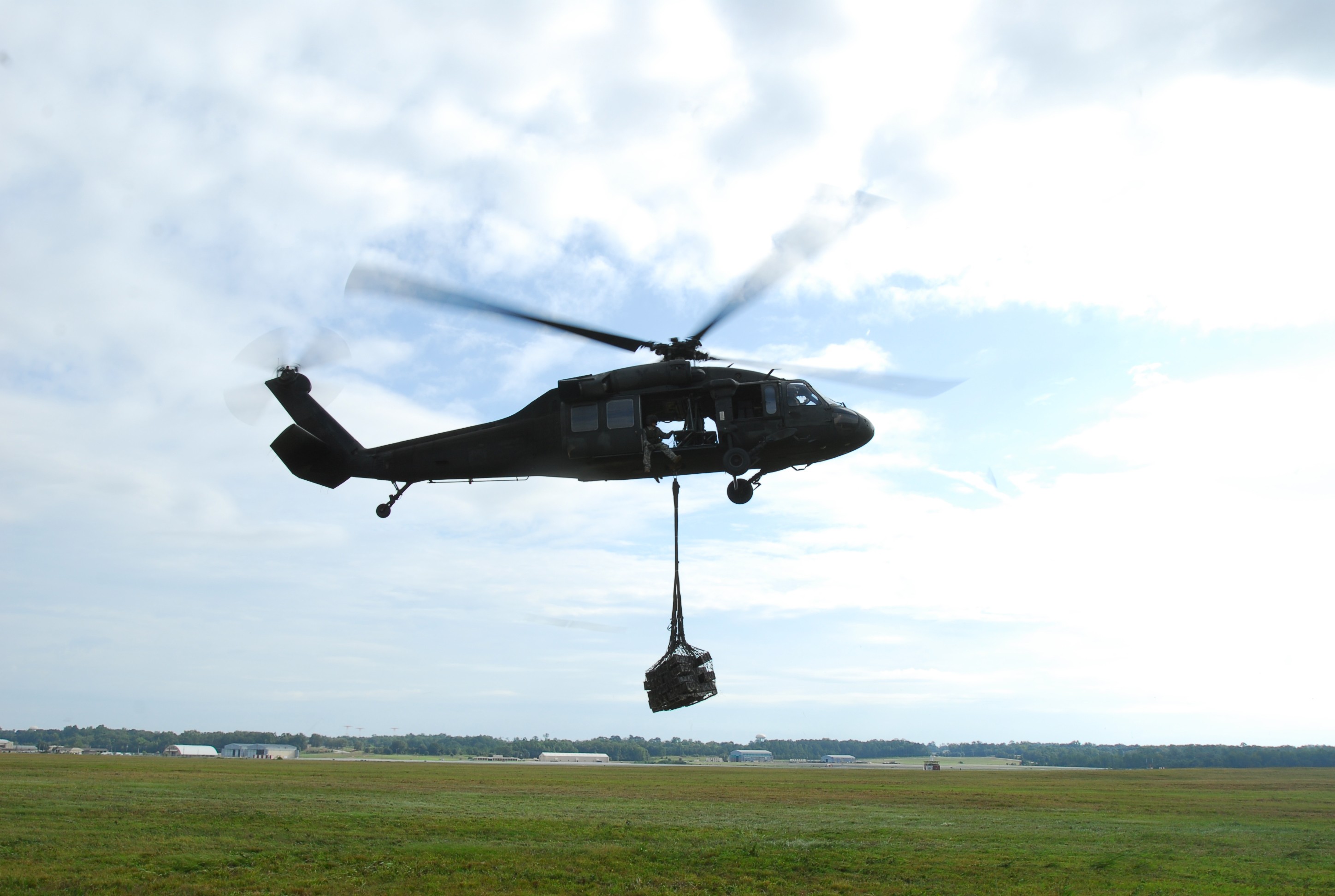
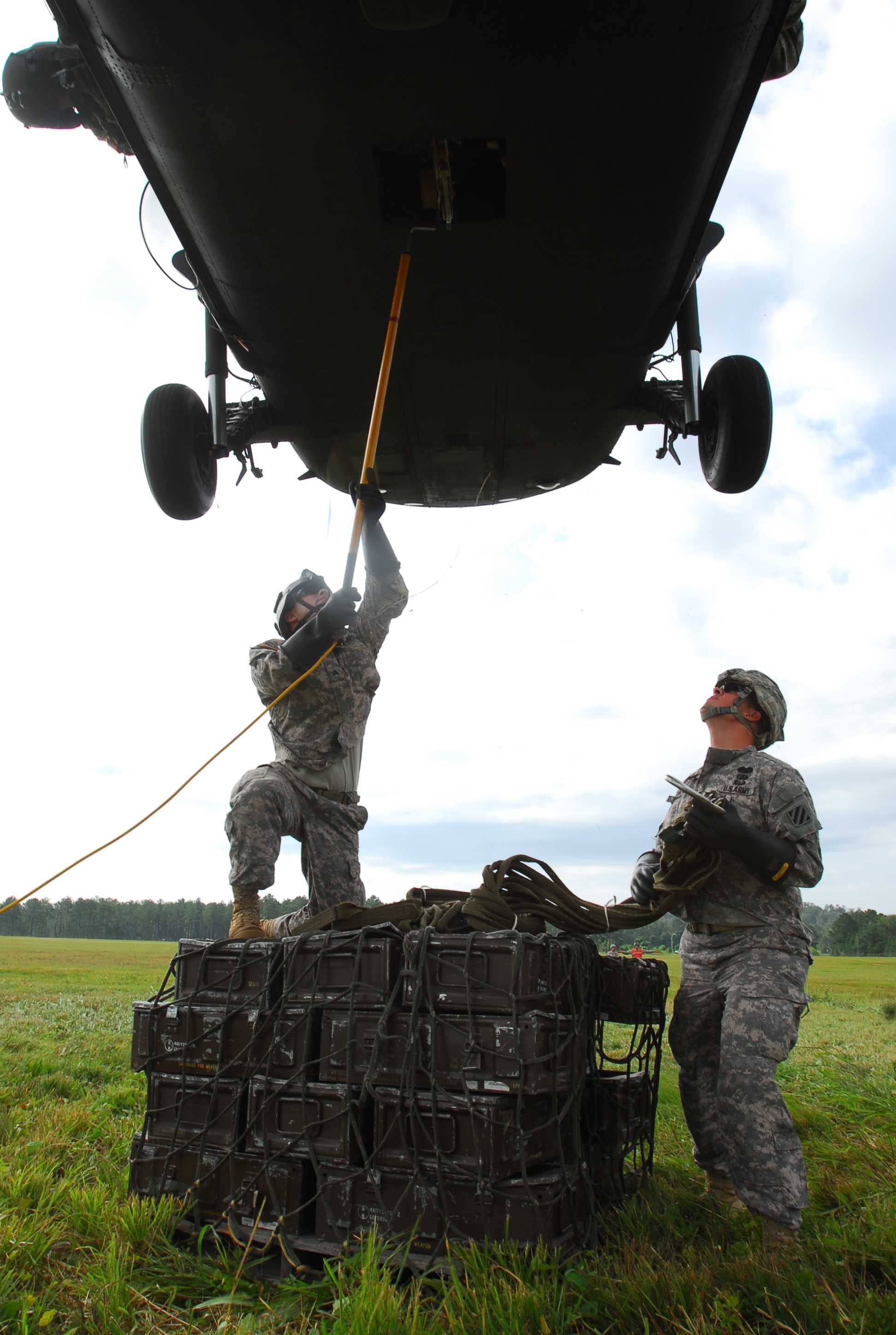
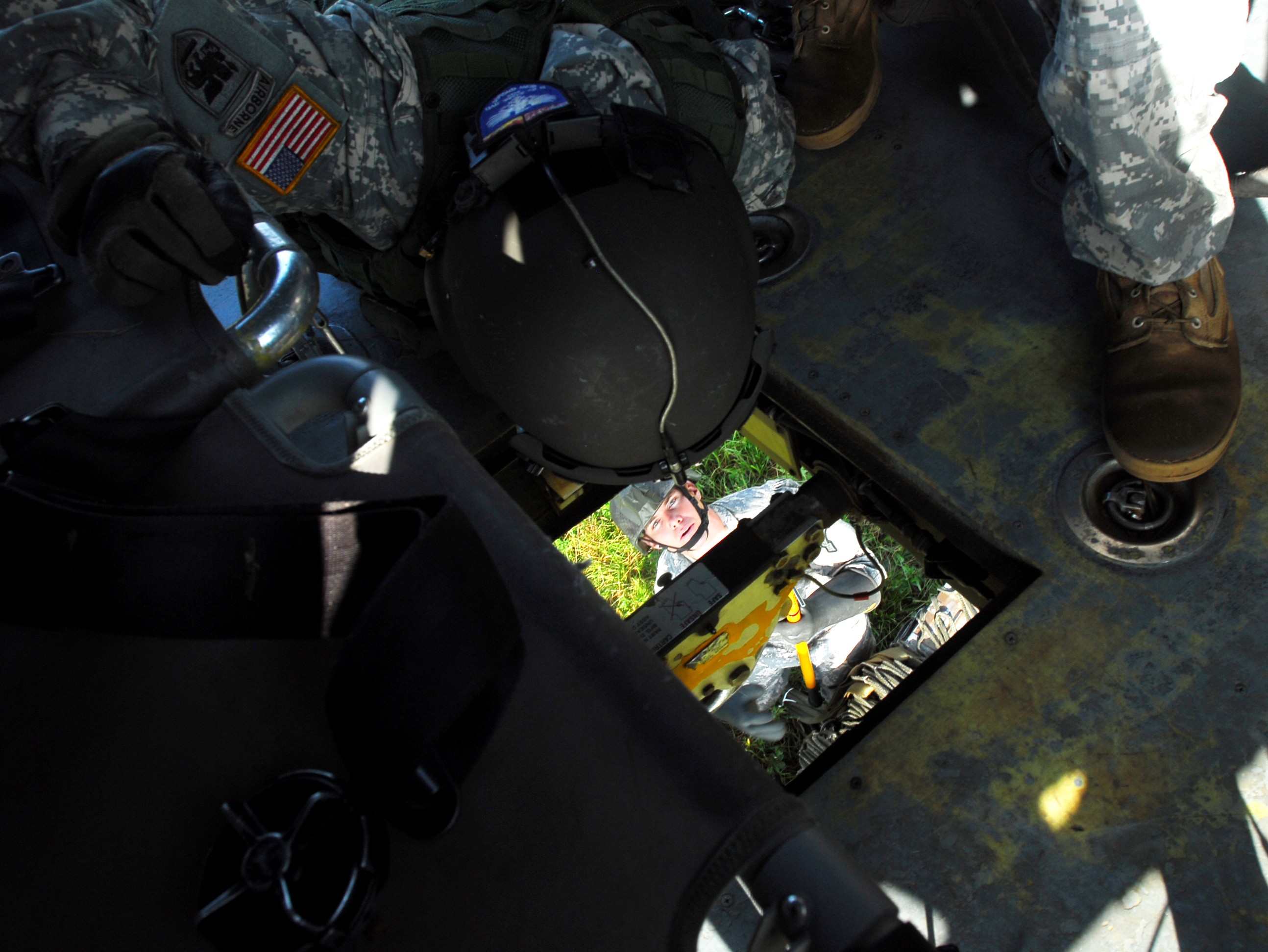
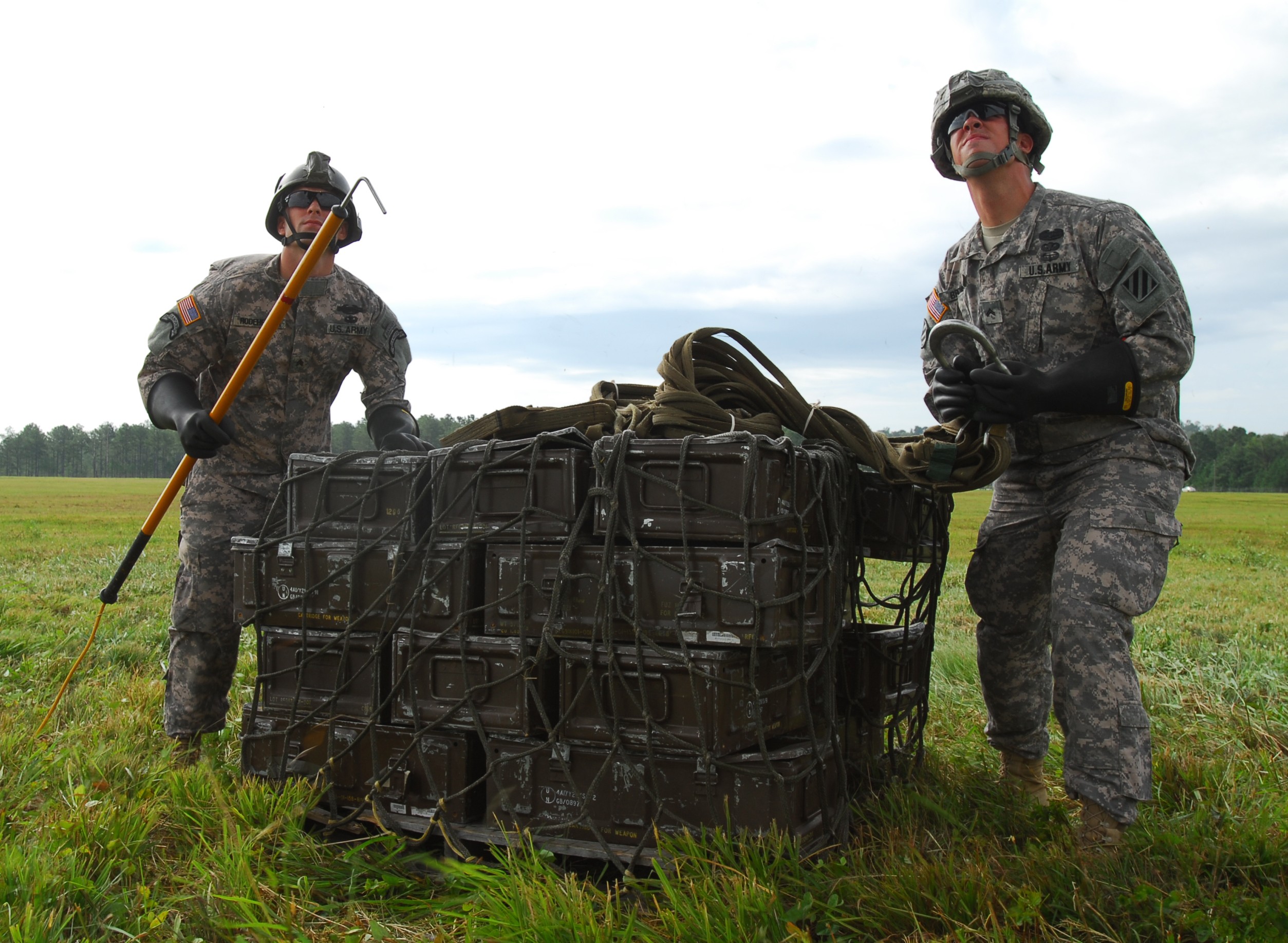
Social Sharing